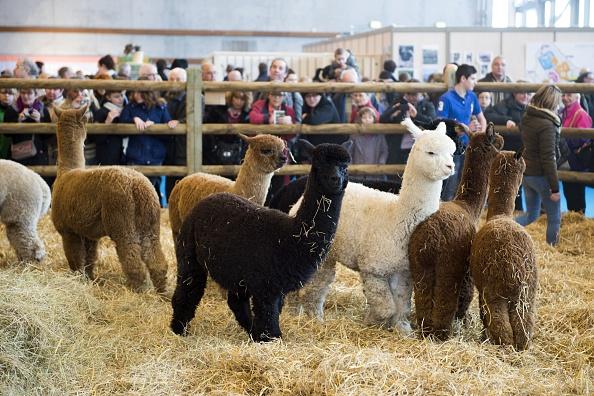Australian medical scientists in the race to find an effective treatment for COVID-19 have turned to an unlikely source of help—alpacas.
Researchers from The Walter and Eliza Hall Institute of Medical Research (WEHI) in Melbourne, Victoria, are actively investigating whether a rare trait in the alpacas immune system may offer solutions for an effective therapeutic treatment to help humans fight COVID-19.




